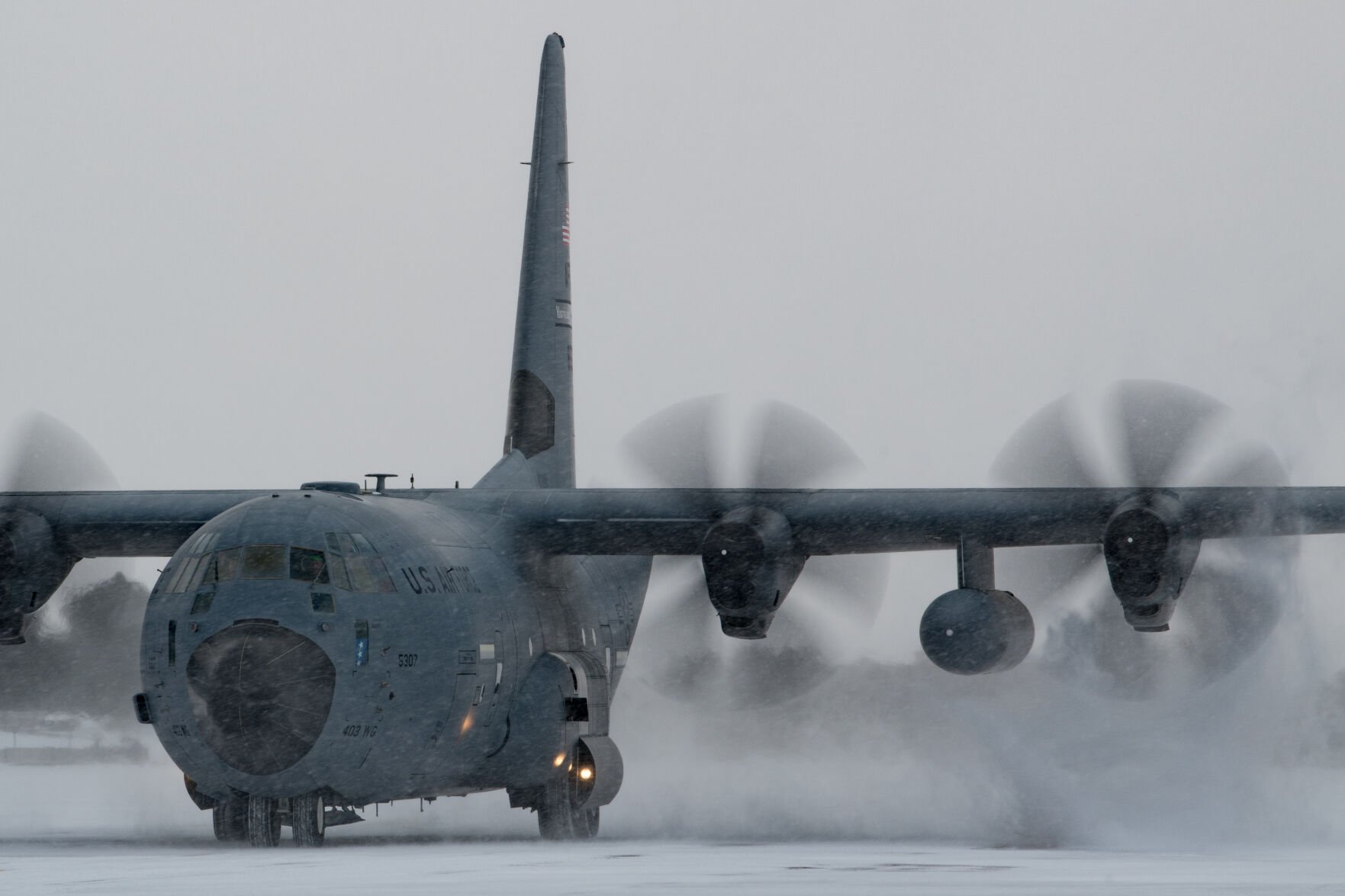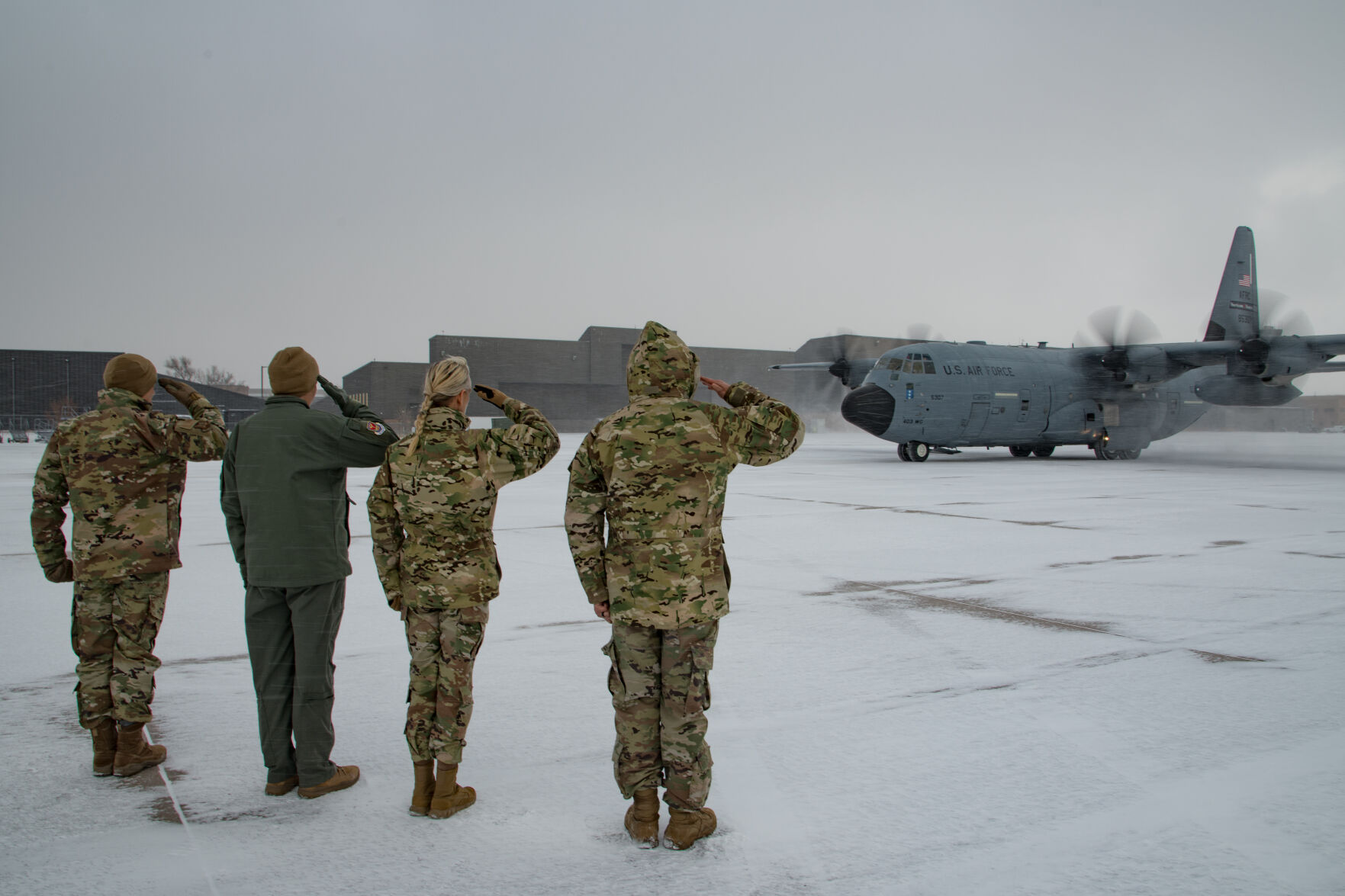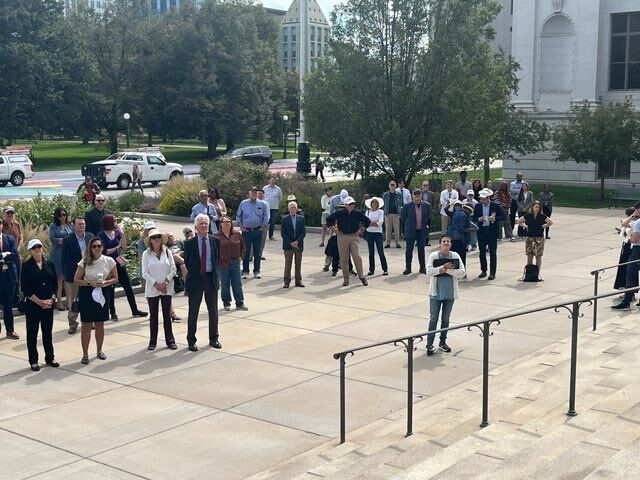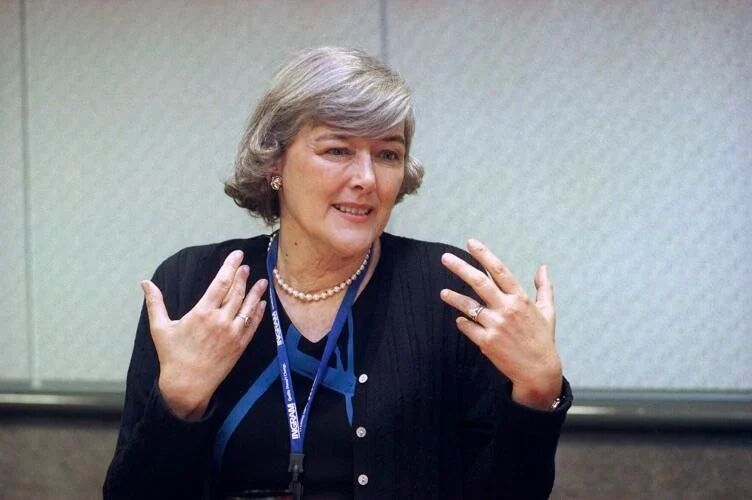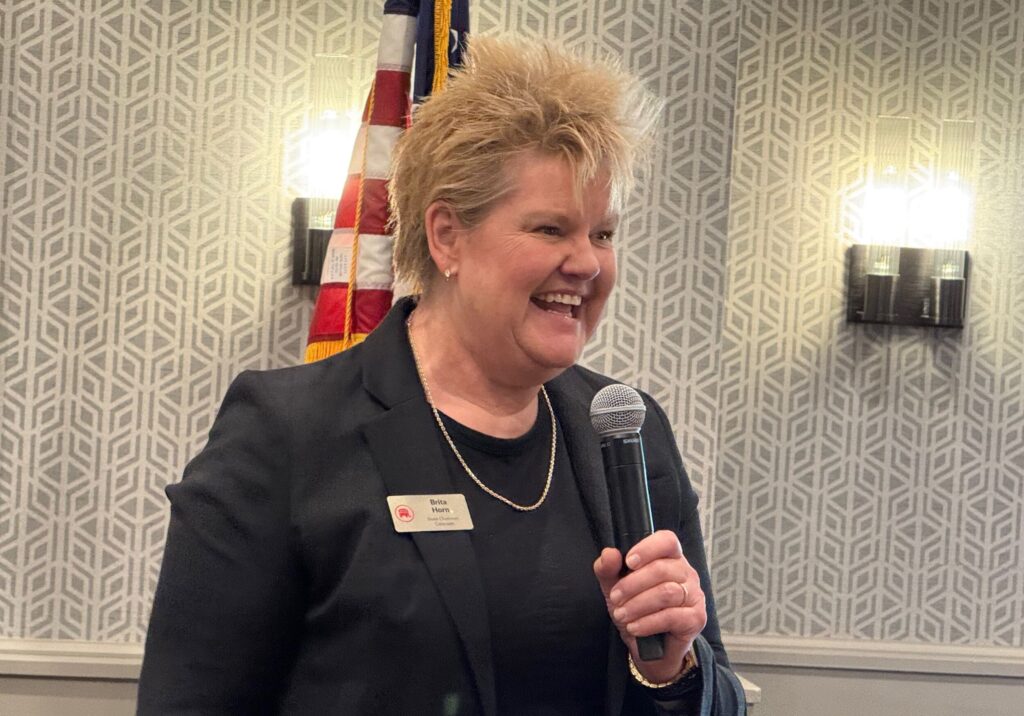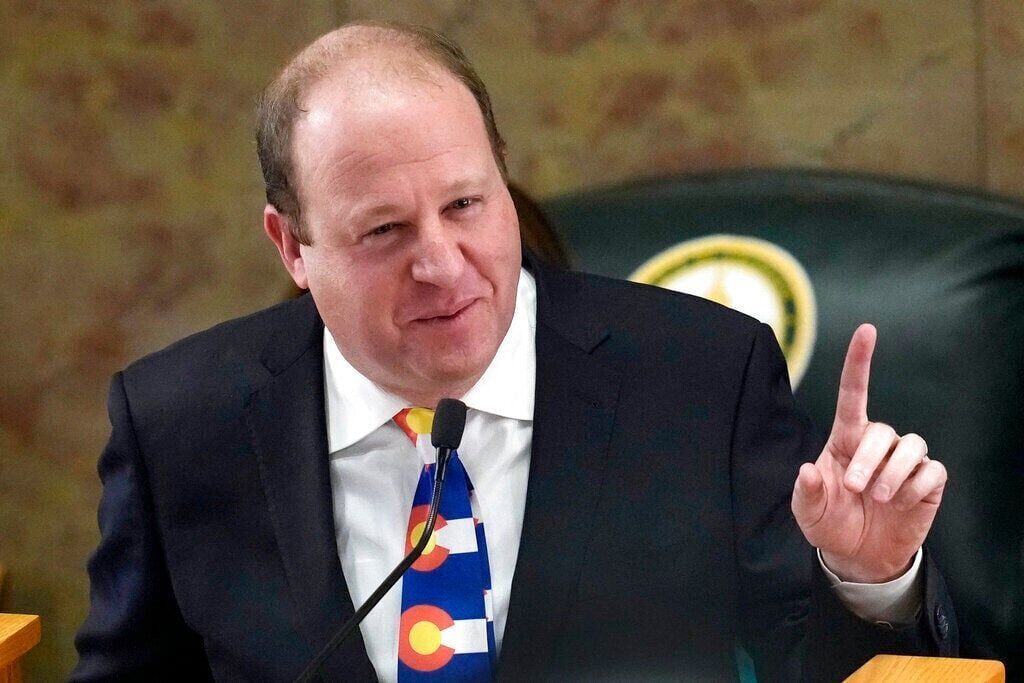Air Force Reserve general talks modernization, recruitment challenges and changes to tattoo standards

The Air Force may change some standards, such as allowing some hand and neck tattoos, to help with recruitment, a major challenge hitting all the service branches hard.
Lt. Gen. John Healy, head of the Air Force Reserve, highlighted possible changes to the standards in Colorado Springs this week on a tour to help educate civic leaders on the reserve and its varied roles. For example, in addition to supporting deployments, the 302nd Airlift Wing at Peterson Space Force Base sends C-130s to fight major wildfires across the country and similar planes in Ohio can spray pesticide to control mosquitos and other pests.
While visiting, Healy highlighted challenges facing the Air Force and Air Force Reserve, such as trouble recruiting, possible budget cuts, and his goals for modernizing the reserve.
The Air Force met its recruitment goals in 2022, adding about 26,000 people, in part, by offering more bonuses. But other services struggled more, with the Army missing its recruitment goal by 25% or about 15,000 soldiers.
The Air Force Reserve missed its recruiting goal falling nearly 2,000 people short of its goal to add 8,600, according to the Air Force Recruiting Service.

The secretary of the Air Force is now focused on trying to change standards the Air Force has kept, but other branches have phased out, to see some “quick wins” in recruiting, Healy said. For example, the Air Force might change its standards for hand and neck tattoos and body composition, a standard for fitness. The Air Force is not considering changes to its educational standards, he said.
“We are trying to every approach we can to make sure we are not excluding anybody that might want to join the Air Force, but because of one, two or three hold over standards we say ‘no’ and they go right next door and they join the Army or they go right next door and they join the Navy,” he said.
He said an announcement about new standards is possible by the end of March.
The Air Force Reserve has also been challenged to keep pilots departing for airline positions, he said. To help retain people, the reserve can highlight interesting training opportunities, such as flying low through the Rockies and the opportunity to continue serving.
“You can’t compete with what the airlines can offer in terms of jobs. … We can play to the spirit and play to the patriotism of those still in,” he said.
The 302nd Airlift Wing at Peterson is currently fully staffed employing 1,350 people, including civilians and reservists. The wing’s goal is to recruit to 110% so that people are available to step in when reservists retire or leave, said Col. Christopher Sedlacek.
Amid the challenges, Healy said he wants to see the reserve prepare for different kinds of conflict and more challenging environments during their training.
National experts warn of space industry slowdown; Colorado boasts recent industry wins
“We are going to remote stripes and we are having to improvise with what we got in order to stand up that base and make it operational and defend the base,” he said.
He also wants to make sure airmen have a variety of skills in the field. For example, he would like ensure the person fueling the airplane, can also defend the plane, he said.
The updated training and other priorities could need to happen as the Air Force’s budget “constricts a little bit,” he said
But he doesn’t expect budget cuts to hit the wing in Colorado Springs, or its firefighting mission.
“It’s critically placed here in Colorado Springs to be able to support the area of most need,” he said.
